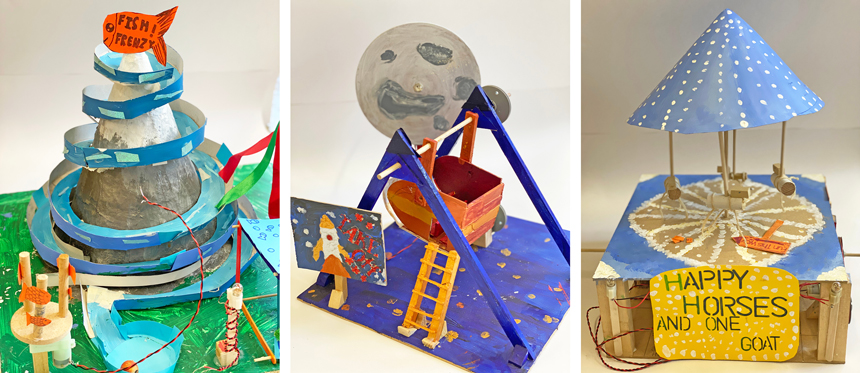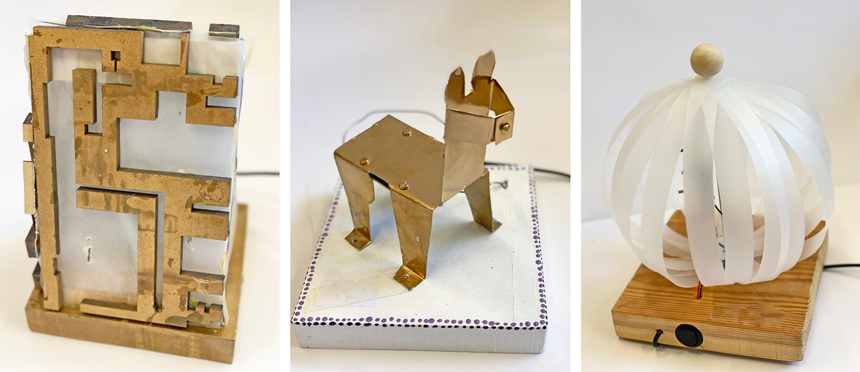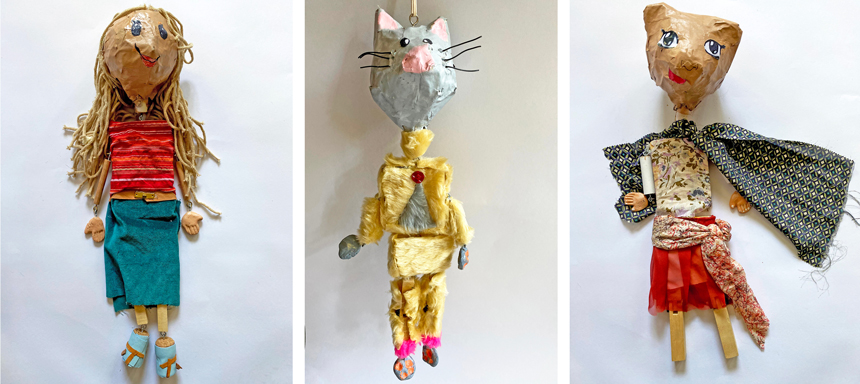Please see below a selection of work completed this year in Design Technology at Senior House.
Form 3 Vehicles

In this project the children developed their understanding of how products can be driven by electricity. They learned how to use motors within their models and how to control the speed and direction of movement. They developed their design skills by using their own ideas and experiences to produce clearly labelled drawings. They used construction kits and a range of materials and components to develop their skills, knowledge and understanding. The children produced a framework structure that was controlled by an electrical circuit. They developed this structure with cladding and appropriate finishing techniques to create a quality product.
The vehicles made in this unit could be linked to the computer using appropriate equipment and software to enable children to experience writing procedures to control the movement and direction of their vehicles and could focus on a particular type of vehicle e.g. a circus vehicle, a carnival float, a moon buggy or a vehicle for transporting a particular load.
Form 4 Fairground Rides

The children's challenge was to design and make a model ride to be part of a new theme park and to use at least one type of motion – rotary, oscillating, reciprocating or linear. The aims were: to demonstrate a strong, stable structure; to design with a particular age group in mind; to be easy to operate; to be connected to a 6V power supply. The fairground ride had to include one geared or ungeared motor and include a buzzer and be fun and attractive and have an original name.
Form 5 Lamps

Pupils in Form 5 had the task of designing an enclosure for a Printed Circuit Board (PCB). This simple circuit was made for producing a lamp that is powered by a 5V power supply. The first stage of the task was to decide what the lamp would be used for, such as to read by or to create some form of mood lighting, and to include some form of recycled element. Proposals were sketched out with the help of nets and the children looked at methods of bending sheet metal. The pupils used simple electronics and developed soldering skills. When the lamps were tested the children then reviewed each stage of the project. As an extension task, the children looked at isometric and perspective angles.
Form 6 Clocks

Form 6 designed and made a clock for a particular purpose or person and were introduced to the design process of researching ideas, creating drawings of ideas and building a prototype before evaluating their options and choosing their final design. During the design stage they were encouraged to think about what materials they intended to use before embarking on cutting, shaping and assembling the component parts. Form 6 used Techsoft 2D Design Tools to design and develop their freestanding clock inspired by everyday logos. They used CAD (Computer Aided Design) and CAM (Computer Aided Manufacture) to transfer their designs to a laser cutter, which cut out each design ready for assembly and line bending using a strip heater.
Form 6 Pen Tidies

The brief for this project was to design and make a pen tidy that could hold a minimum of 4 and a maximum of 12 pens or pencils. The children each had a piece of acrylic to work with and needed to produce a design, a card prototype and a completed acrylic model. As part of this project, the children were taught how to use the Hegner Jig Saw to shape the acrylic, the Pillar Drill for making the holes and the Strip Heater to make bends in the acrylic.
The pupils had differing levels of ‘challenge by choice’: Green – design and make a useful product where you will stick to what is in the brief; Pink – design more than three folds and make your design a multipurpose product so it can hold a phone as well; Blue – use additional material such as wood or metal and join separate pieces together using different joining techniques.
Design Technology Club - Puppets

Children in DT Club created their own marionette character and in the process learned a range of joining and assembly skills as well as how to combine different materials. One of the highlights of this project was learning all about a thermoplastic, 'Polymorph', which is recyclable, has a low melting temperature and was moulded to make the hands and feet of the puppet.